Benefits of Dehydrating Food
How often do you open up the refrigerator to grab a certain vegetable, only to discover that it was already spoiled and not useable? Ugh, it just doesn’t seem like produce keeps for as long as it use to. Instead of having to deal with this aggravating dilemma any longer, why not dehydrate a bunch of foods so they’re ready when you want to enjoy them? But if this isn’t enough reason for you, there are several other benefits of dehydrating food. Wonder what some of them are? Keep reading to find out what some of the benefits of dehydrating certain foods are and why you need to start doing so today!
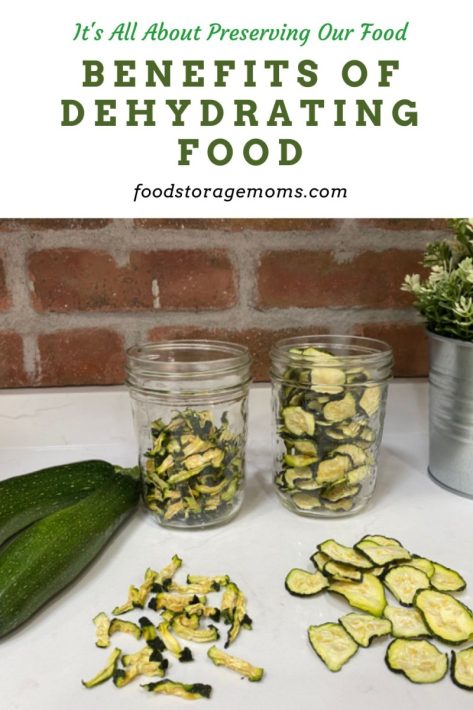
Items I Recommend
- Dehydrator
- Funnel
- Mason Jars
- FoodSaver
- Food Saver Attachment
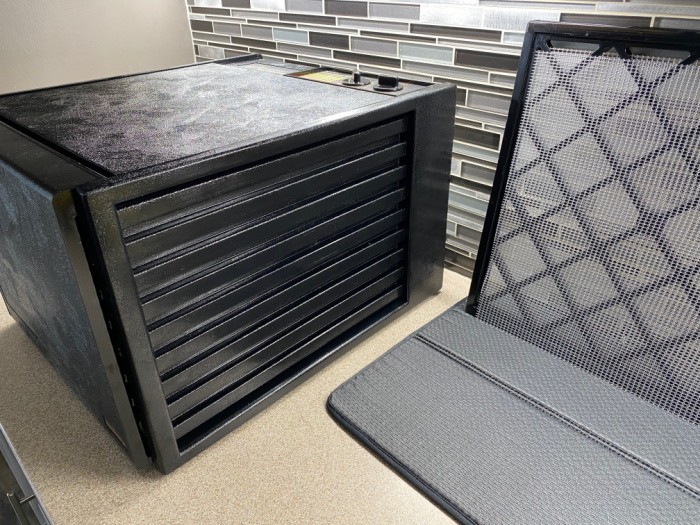
1. Longer Shelf Life
Dehydrating food removes all the moisture and preserves it for an extended period of time. This can make it much easier to store food without worrying about spoilage or quick expiration dates. This is why a lot of preppers use this method to help stockpile and store significant quantities of food that could be used if an emergency or natural disaster were to occur.
Please keep in mind, if you dehydrate the fruits and vegetables yourself, the USDA suggests they will experience a shelf-life of about one year, depending on how and where they’re stored. It sure beats throwing out wasted food. Dehydrate what you have grown in your own garden or purchased if it looks like it will go bad sooner than you had hoped. I always plan to dehydrate a variety of items so I can enjoy them all year long.
Food preservation has been part of our food storage plans for years. We dehydrate things like carrots, green beans, peas, and other veggies now so we can use those veggies in soups, stews, and casseroles. We have really appreciated having some dried fruit around for snacks and to use in various recipes calling for fruit.
2. Reduces Food Waste
By removing moisture from the food, bacteria, yeast, and mold are unable to thrive, which makes it one of the best ways to preserve your favorite foods for long-term storage. This is especially beneficial if you grow or hunt your own food and want to store it for future use. It also reduces food waste by taking advantage of seasonal harvests and preserving them for later use. 10 Food Shortages You Need To Stock
3. Cost Savings Compared to Other Preservation Methods
Dehydrating food is a much less expensive way to preserve food than canning or freeze-drying. It is energy-efficient, requiring only electricity and time instead of the cost associated with storing canned goods in cold storage. Which Methods of Food Storage are Correct? I have an extensive inventory of freeze-dried foods, but I was able to purchase them before the prices skyrocketed. Some people swear by freeze-drying their own foods, but I haven’t been able to justify the initial cost of the freeze-dryer unit.
4. Saves Money
A food dehydrator can save you a bunch of money in several ways. As I just mentioned, a dehydrator can keep you from throwing out food, especially produce, before it starts to go bad. And, if you happen to have a garden, you can dehydrate the abundance of vegetables that you can’t use up in time and enjoy at a later date. Simply rehydrate them when you’re ready! By making it a do-it-yourself project, it becomes a great family activity, saves on the cost of commercially purchased products, and you know exactly what the process was.
5. Concentrated Nutrients
Since dehydration removes the water content of the food but not its essential nutrients. dried foods retain most of their nutritional value while still being very lightweight, tasty, and easy to store. This isn’t the case for other preservation methods like canning and freezing, as these methods tend to lose a decent amount of nutrients during the process. Dehydrating concentrates nutrients like vitamins, minerals, and antioxidants that are found in certain foods. It’s especially beneficial for those who want to get the most nutritional value out of their food.
You also get the benefit of added fiber in your diet, if that’s important to you. We have family members who make it part of their food preservation and storage plan to dehydrate various types of meat, like chicken, beef, jerky, lamb, pork, and deer venison. Make sure you follow the instructions found in your dehydrator package so you follow the timer, packaging, and other health safety measures. Using vacuum-sealed bags or airtight containers to properly seal the products is critical.
6. Lightweight and Easy to Take Along
Dehydrating food takes up less space than canned or frozen items because all the water has been removed. Dehydrated ingredients are usually much lighter in weight as well, making them easier to transport and store. Because they’re lightweight, they’re the perfect snack to take along for camping, long hikes, and other outdoor activities. Enjoy them the way they are or rehydrate them when you’re ready to eat!
7. Great for Snacks
Dehydrated fruits make great snacks that won’t spoil during the day. They also pack a lot of flavor in a small package. Plus they satisfy your sweet tooth without all those processed sugars from your other favorite snacks.
8. Little Involved in the Process
Dehydrating food is very easy and requires little effort. All you need to do is set the temperature of the dehydrator, place your food in it on the trays provided, and let it work its magic! Afterward, all that’s left for you to do is package them up and store them away.
9. No Preservatives
Another benefit of dehydrated food is that you aren’t having to deal with all the preservatives that you get with many canned or frozen foods. Dehydrated food has no added preservatives, so you can be sure that your food will stay fresh and delicious without any chemical additives.
10. Intense Flavor
I don’t know about you, but I love the bolder and more intense flavor that a dehydrator brings to certain foods. It brings out the naturally sweet and savory flavors of ingredients like tomatoes, strawberries, mushrooms, cranberries, and more. The dehydration process also helps to concentrate these flavors making them much stronger than they were before. This makes dehydrated food not only a great way to preserve but also a great way to enjoy intense flavors that you won’t get with other preservation methods.
11. Food Stays Fresh Without Power
And lastly, dehydrated food will stay fresh for you even if you’ve lost power in an emergency unlike everything else you have stored in your refrigerator and freezer. Dehydrated food can be stored in airtight containers and will remain fresh and edible for months. This makes it a great option if you want to store food in case of an emergency, like a power outage or natural disaster.
Can I use my oven to dehydrate food?
Many preppers have found their oven as an alternative to using a dehydrator unit. It does require some extra care. It’s suggested that you dehydrate at about 170 degrees. Some kitchen ovens can’t be set that low, so you’ll need to use the lowest setting, prop the oven door open ajar using a wad of foil, and check the food often so it isn’t overdone.
I know of some preppers who go the old-school route and use the sun-drying method to dehydrate. I haven’t done much of that and find my Excalibur Dehydrator an efficient way to dry what I need.
Are herbs something I should consider dehydrating?
Herbs are a great choice for dehydration and even to make into powder. If you do a lot of cooking at home, consider dehydrating basil, dill, thyme, parsley, garlic, oregano, and rosemary. If you have a lot of one herb, you can dehydrate it and then run it in your blender to make the powder called for in many recipes.
My Favorite Foods to Dehydrate
- How To Dehydrate Cilantro
- How To Dehydrate Bananas for Healthy Snacks
- Dehydrate Spinach and Make Spinach Powder
- How To Dehydrate Kiwi
- How To Dehydrate Grapes
- How To Dehydrate Mango
- How To Dehydrate Apples
- How To Dehydrate Watermelon
- How to Dehydrate Basil and Freeze It
- How To Dehydrate Parsley + Parsley Powder
- How To Dehydrate Kale and Make Kale Chips
- How to Dehydrate Green Onions & Make Powder
Final Word
Overall, dehydrating foods can be an excellent way to preserve food without having to put in a lot of time or energy. Not only does it save money by preventing spoilage, but also provides long-term storage options. If you are one of those who have an overabundance of seasonal produce or are looking for convenient snacks on the go, dehydrating is a must. And when done correctly, dried foods retain most of their nutritional value!
So, if you’re looking for ways to save money, reduce food waste, and enjoy nutritious snacks with intense flavor, dehydrating food is your go-to option. How many of you love and use your food dehydrator regularly? Are there any other benefits that I missed? I’d love to hear from you! May God Bless this world, Linda

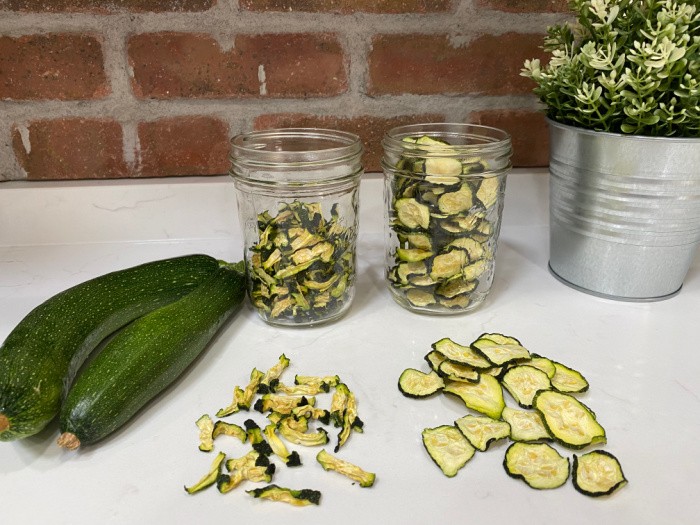

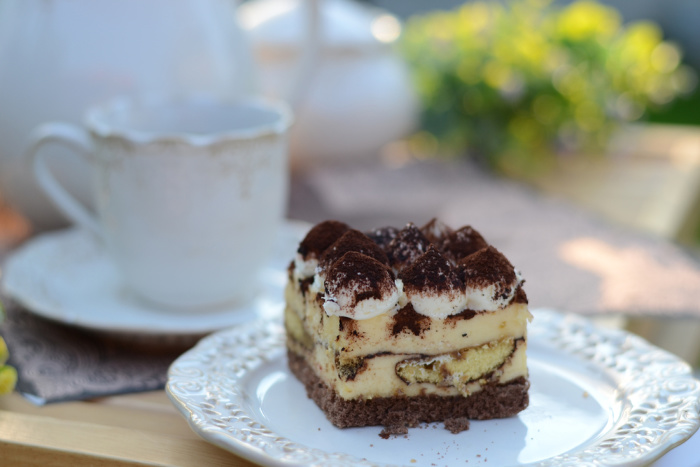
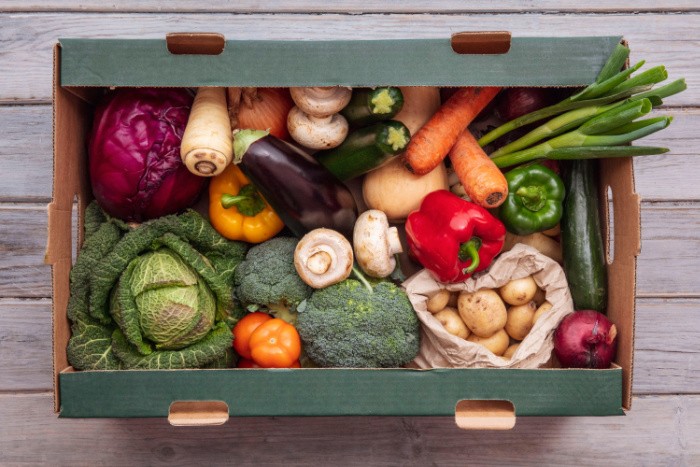

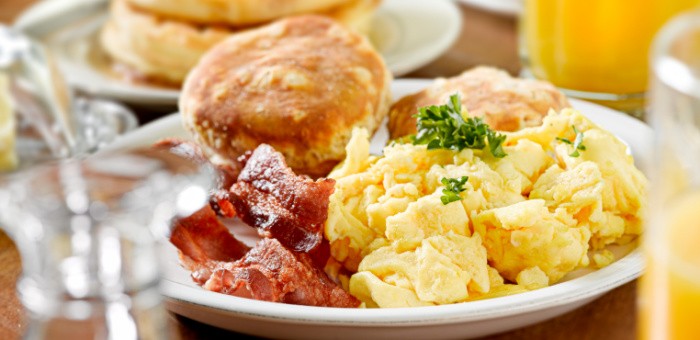
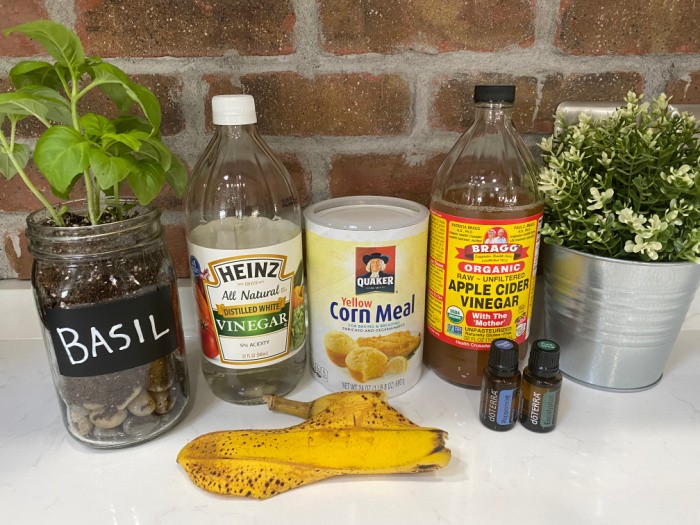
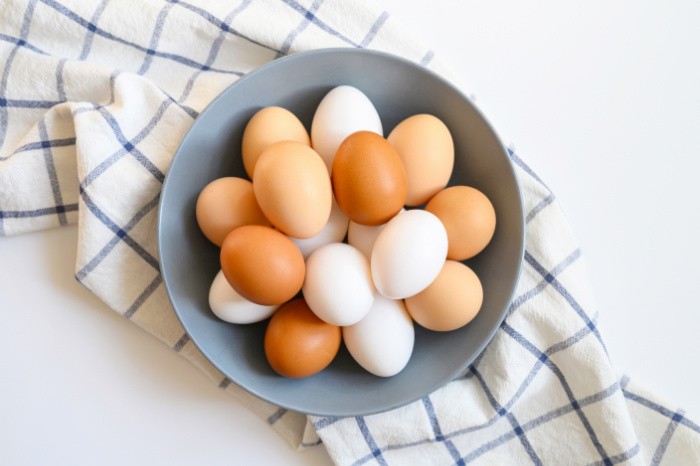

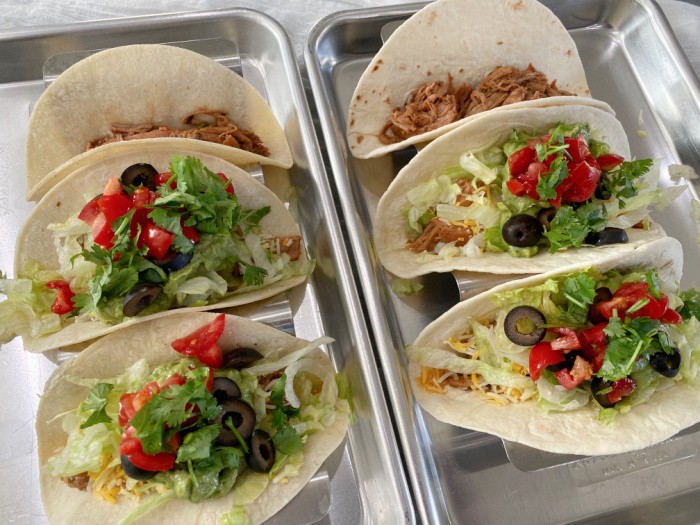

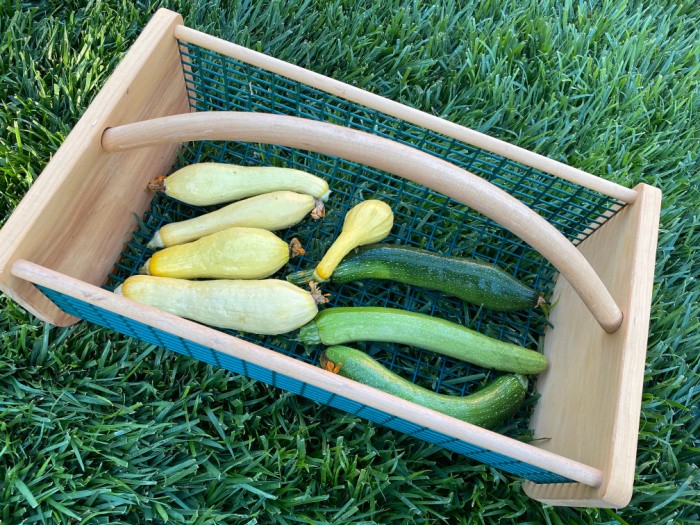
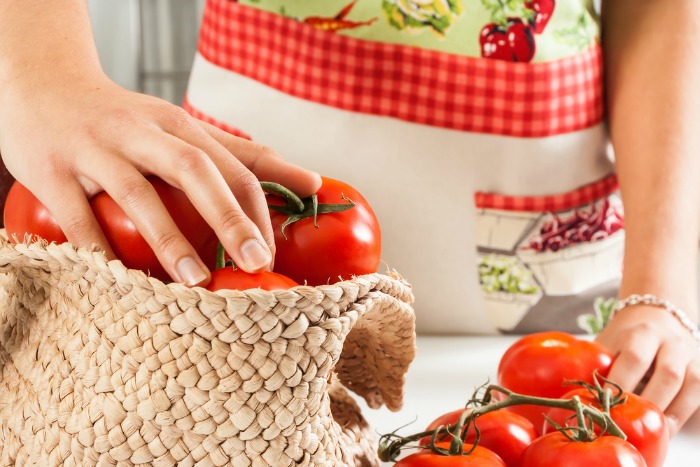








Great info Linda! We dehydrate onions (in the garage, lol), mushrooms, celery and most every other veggie! Love my Excalibur!
HI Beth, thank you for your kind words, my friend! Yes, the onions in the garage!! LOL! I love my Excalibur too!! Life is good and it saves us money! Linda
I’ve loved dehydrating for years and years. My first dehydrator was a “solar” dehydrator – 4 shelves and a cover to keep bugs out. I hung it on the porch overhang. But I was living in New Mexico and it was very dry there and it worked really well. When I moved back the Pacific Northwest, (western Washington), it was not a dry climate, so the solar dehydrator was a bust! My second dehydrator was interesting!! It was one that my husband found when he was cleaning out a storage shed where we lived. The lid looked like it had been run over by something! But being pretty frugal, he brought it in the house for me! I took the machine apart and cleaned it really well, put duct tape on the lid cracks and used that thing for 15 years before getting a new 9 tray dehydrator from Cabela’s. After a few years, it was just me and the big dehydrator took up too much space for the little I used it. My daughter inherited it from me and gave me her smaller dehydrator. She loaned the big one to a friend of hers and never got it back! Now she wishes she had it as they are growing a huge garden and have fruit trees. I’m trying to talk her and my son-in-law into purchasing a really good one (Excaliber?) as well as a freeze dryer.
Something from my early days of dehydrating that I don’t want to get rid of simply because it is out of print (but you can get one used through Amazon: Dry It – You’ll Like It by Gen Macmaniman. It was first published in 1973 and it was handwritten and illustrated. I love that thing even though I don’t use it any longer.
Hi Leanne, the friend didn’t return the dehydrator back to your daughter? Good grief!! The duct tape on the dehydrator is the best story ever! And you used it for 15 years! I could have used a solar one in Southern Utah! I am going to buy the book you suggested, thank you! Linda Here is the link for anyone who is interested. https://amzn.to/3KsC9W4
Linda
Hi Linda good info I have a lot of fun dehydrating things and lately I have been doing veggies and then powdering them for soups pizza toppings smoothies so many things I just can’t get started it’s a fun and very good idea to experiememt. Also fruits are so east to powder for ice cream and toppings I hope everyone gives this a try!
HI Debbie, thank you for your kind words! Oh my gosh, I never thought about adding veggie powder I’ve made to a pizza sauce or sprinkled on top!! YUMMY! I love dehydrating and I really like having vegetable and fruit powders I have made! So easy and they take up less space. Love this! Linda
Just today, I added some powders to my Chicken Soup and it was tasty. I grow Swiss Chard, Kale, Parsley, and Spinach and make the powders which I add to so many things. One vegetable that I would like to dehydrate is carrots in shredded form or small slices for stews, pasta sauces, and several other recipes. Is there something special, like blanching that needs to be done with carrots? Can you advise or do a post on how to dehydrate them? I have never been able to afford the expensive dehydrator but have used the smaller ones for years. Since it is only my husband and myself, it works great. I don’t can so this is my preferred food storage method.
Hi Carol, I love using powders, the dehydrator you are using is working so I wouldn’t replace it, It’s like you said, it works great for you and your husband. I have never done carrots, but that’s a great idea. I will tell you what my dehydrator book says you have to do with carrots. I quote, Excalibur, “Steam blanch 3 to 4 minutes; you may use 1 teaspoon of sodium bisulfite per cup of water before placing carrots on trays.
1. Wash the carrots, trim the tops, and scrape or peel if the skins are dirty. 2. Cut into 1/8′ cubes or circles. 3. Dry at (125°F) = (51°C) until leathery.”
I hope this helps, Linda